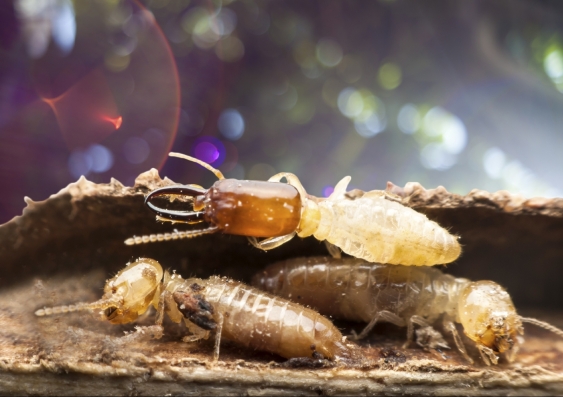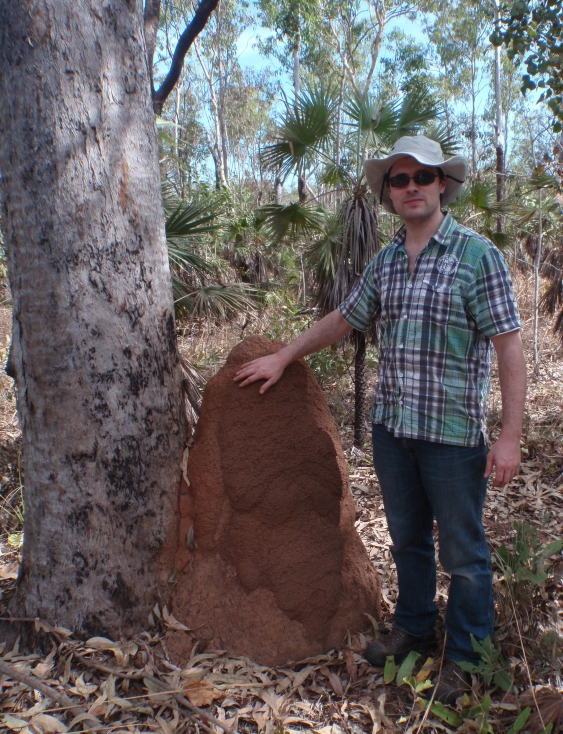Why termites don’t bite off more than they can chew
Termites might be known for their destructive powers, but new research shows they have innate restraint and an understanding of engineering that would make a master builder weep.
Termites might be known for their destructive powers, but new research shows they have innate restraint and an understanding of engineering that would make a master builder weep.

Termites might be known for their destructive powers, but it turns out they have innate restraint and an understanding of engineering that would make a master builder weep.
UNSW researchers have discovered that the termite, Coptotermes acinaciformis, is able to distinguish load-bearing from non-load-bearing wood.
According to Dr Sebastian Oberst and Professor Joseph Lai from the School of Engineering & Information Technology at UNSW Canberra, Coptotermes, the ‘tree-piping’ termite, will first gnaw through areas that don’t support weight before moving on to load-bearing timbers.
They usually eat the wood that is not load bearing first, such as door and window frames and floorboards behind cupboards and attack the strong load-bearing timbers such as joists and bearers later.
The UNSW team and colleague Associate Professor Theo Evans from the University of Western Australia also found the canny insect will buttress weight-bearing walls with clay to ensure it doesn’t collapse as they feast.
“The ability to determine weight bearing in wood explains some of the patterns of termite attack in houses,” says Oberst.

UNSW's Dr Sebastian Oberst demonstrates how the canny insects buttress weight-bearing wood with clay to ensure they don't collapse.
“They usually eat the wood that is not load bearing first, such as door and window frames and floorboards behind cupboards and attack the strong load-bearing timbers such as joists and bearers later.”
The clay walls are built progressively so if the termites are disturbed and forced to abandon the wood they haven’t expended more energy than is strictly necessary.
It allows termites to access wood that would otherwise be off-limits, offering 700 times more energy than they expend in erecting the scaffold.
It is thought to represent an evolutionary leap from foraging to nest building.
The ability to detect load bearing is likely to have evolved in response to the scarcity of readily accessible wood for Coptotermes, a ground-dwelling mainland Australian species that builds mound nests and eats eucalypts.
“The problem for ground-living termites is most wood is not available to eat because it is in tree trunks that support the huge weight of the tree,” Oberst says.
“Eating the wood at ground level would cause the tree to collapse, and so crush and kill the termites.”
Once a load is detected, the termite switches from feeding mode to transporting clay, and continues to periodically sample the wood until enough clay has been added to disperse the load before continuing to eat, the researchers say.
Though not proven, they believe the load bearing is detected via their acoustic or vibration senses rather than physical or chemical methods.
The research, published in Scientific Reports, was supported by an Australian Research Council Discovery Project Grant.